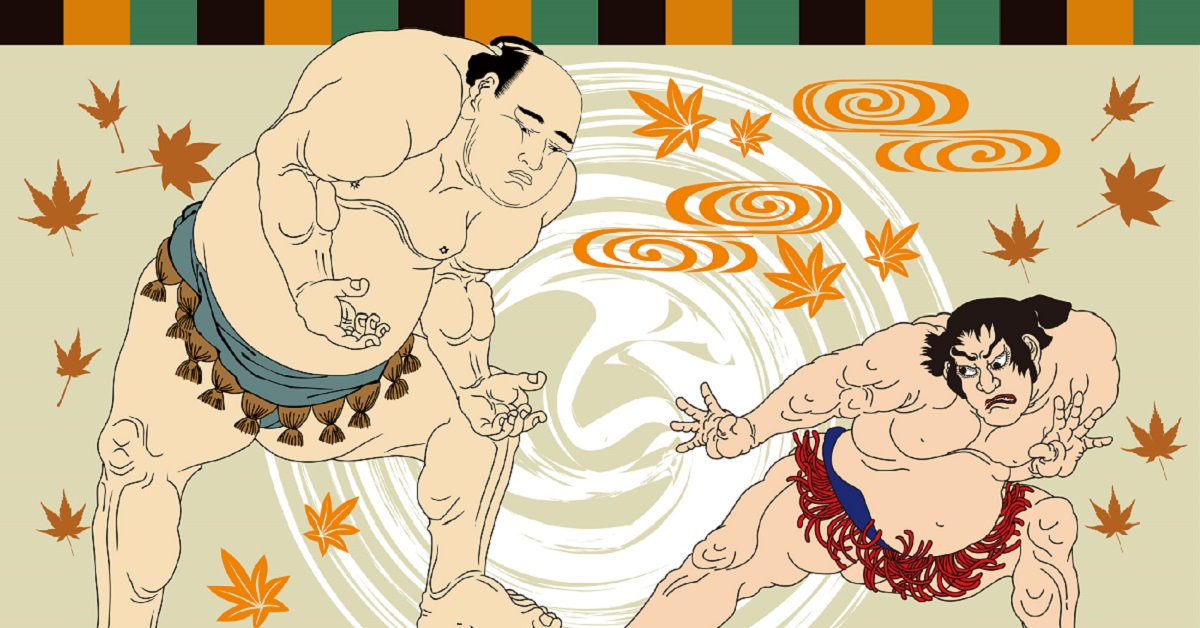A yobidashi is a specialist in professional sumo who calls out the wrestlers’ ring names in a distinctive melodic chant. This voice serves as the signal for the match to begin, instantly drawing in the audience. However, their role extends far beyond voice work, encompassing dohyo construction and event operations. This article introduces the appeal of the yobidashi in a way that is easy for both beginners and international fans to understand.
Main Duties of a Yobidashi
The most notable feature of a yobidashi is the melodic call of the wrestlers’ ring names. The pitch and intonation vary from person to person, giving each yobidashi a distinct style. However, this is only part of their role on stage. They also play a vital part behind the scenes, ensuring that the event proceeds without a hitch.
| Duty | Description |
|---|---|
| Calling ring names | Chanting the wrestler’s name with melodic phrasing before the match |
| Dohyo construction | Building the sumo ring at tournament and tour venues |
| Equipment management | Preparing and clearing away drums, banners, cushions, etc. |
| Assisting the referee | Supporting the flow of bouts and preparing for the next match |
| Managing rankings and signage | Setting up and replacing bout schedules and rankings |
A yobidashi connects the dohyo, the audience, and the wrestlers. Sometimes their movements are in full view; other times they pass unnoticed. Yet every action contributes to the success of the event.
A Day in the Life of a Yobidashi
The yobidashi’s schedule varies slightly between the main tournaments and regional tours, but their day often runs from early morning until late at night. At a major tournament, they work from pre-opening preparations through post-event clean-up.
| Time of day | Main tasks |
|---|---|
| Early morning | Cleaning the dohyo, adding sand, checking equipment |
| Morning | Setting up rankings and banners, practicing calls |
| Midday | Calling names according to the bout order |
| Afternoon | Managing entry and banner changes as bouts progress |
| Evening | Dismantling and storing equipment after matches |
From preparing the dohyo at dawn to using their voice throughout the day under constant tension, yobidashi require both stamina and focus.
How to Become a Yobidashi
To become a yobidashi, one typically joins a sumo stable. After entering, they start with miscellaneous duties, learning the art of melodic chanting and bout management from senior yobidashi. Mastering the voice takes years, with practice during both training and live events gradually developing an individual style.
| Stage | Skills acquired |
|---|---|
| Apprentice period | Miscellaneous chores, carrying equipment, assisting with dohyo work |
| Beginner | Basic chanting practice, assisting seniors |
| Intermediate | Calling names in lower-division bouts |
| Advanced | Handling top-division or championship-deciding bouts |
A yobidashi is evaluated not only on vocal skill but also on etiquette and refined movements.
History and Cultural Background of the Yobidashi
The yobidashi’s history dates back to the Edo period. From the beginning, they acted as both announcers and assistants in dohyo preparation. Their melodic calls are influenced by traditional Japanese performing arts, such as festival chants and kabuki stage announcements.
| Era | Yobidashi’s role |
|---|---|
| Edo period | Announcing bouts and constructing the dohyo |
| Meiji period | Standardization of melodic phrasing |
| Showa period | Use of microphones and expansion of regional tours |
| Modern day | Supporting overseas performances and international audiences |
Professional sumo is not just a sport; it is an event with elements of traditional Japanese performing arts, and the yobidashi plays an important role in its presentation.
The Yobidashi’s Voice and Technique
A yobidashi’s voice must have more than just volume. It needs resonance, sustain, and modulation to be a “beautiful voice” that reaches every seat in the venue. The melodies vary slightly by region and are passed down from master to apprentice.
| Technique | Description |
|---|---|
| Vocalization | Using diaphragmatic breathing for resonance |
| Melodic phrasing | Adding musicality to the name call |
| Timing | Adjusting pacing to match the flow of the match |
| Volume control | Adapting projection to venue size and conditions |
The melodic phrasing is the yobidashi’s identity, and its beauty remains in the audience’s memory.
The Appeal of Yobidashi to Overseas Visitors
For many international visitors, the yobidashi’s voice embodies Japanese culture. Like kabuki or noh, the formalized vocal style is rare and leaves a deep impression, making the experience of watching sumo more memorable.
| Impression | Details |
|---|---|
| Cultural experience | Being moved by the unique beauty of Japanese sound |
| Ritual atmosphere | Feeling the solemn mood before matches |
| Photogenic appeal | The harmony of traditional attire and the dohyo |
| Beyond language barriers | Musical phrasing conveys meaning without translation |
Conclusion
The yobidashi is a master of voice and movement in sumo, a presence that shapes the atmosphere of the entire event. Their role extends far beyond the glamorous name call — they also build the dohyo, manage event logistics, and maintain equipment. The melodic phrasing and precise movements, refined through centuries of tradition, carry the weight of ritual rather than serving as mere announcements. For the audience, the yobidashi’s call signals the start of the match; for the wrestlers, it is a cue to focus their spirit. Next time you watch sumo, look not only at the wrestlers but also at the yobidashi working at the dohyo’s edge and along the hanamichi. Doing so will let you appreciate sumo on a deeper level.





コメント